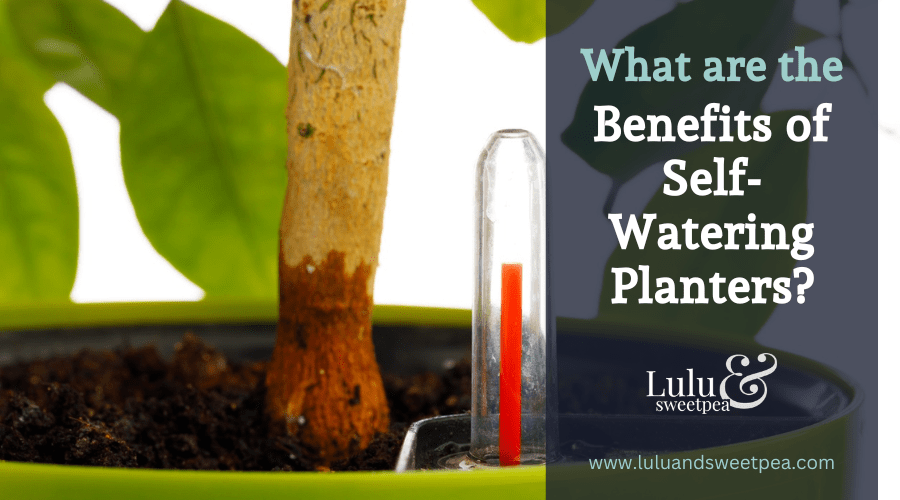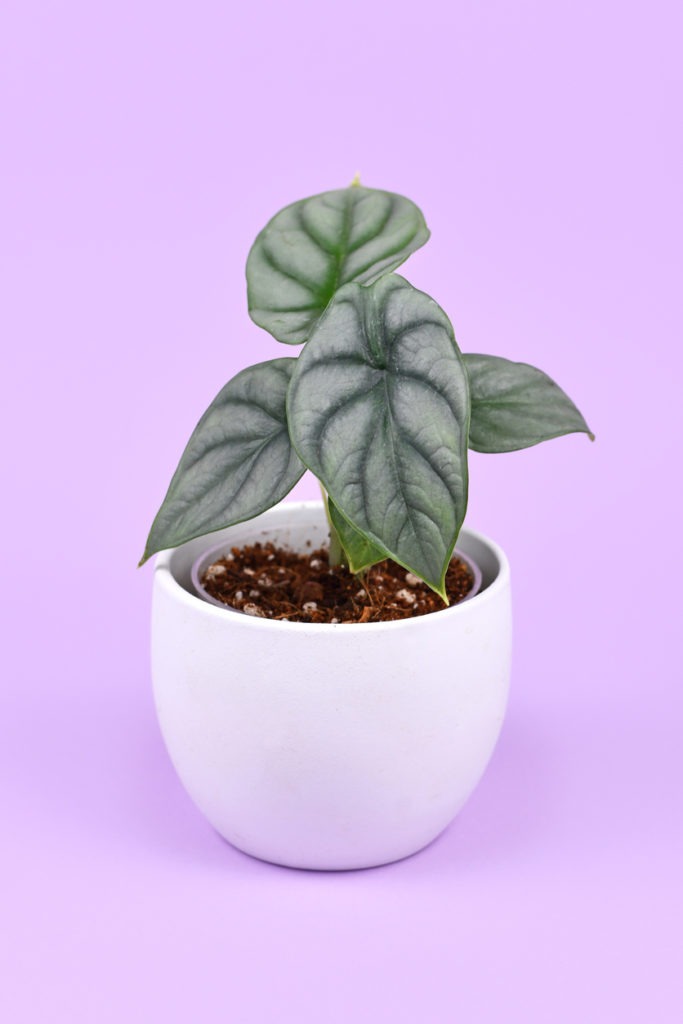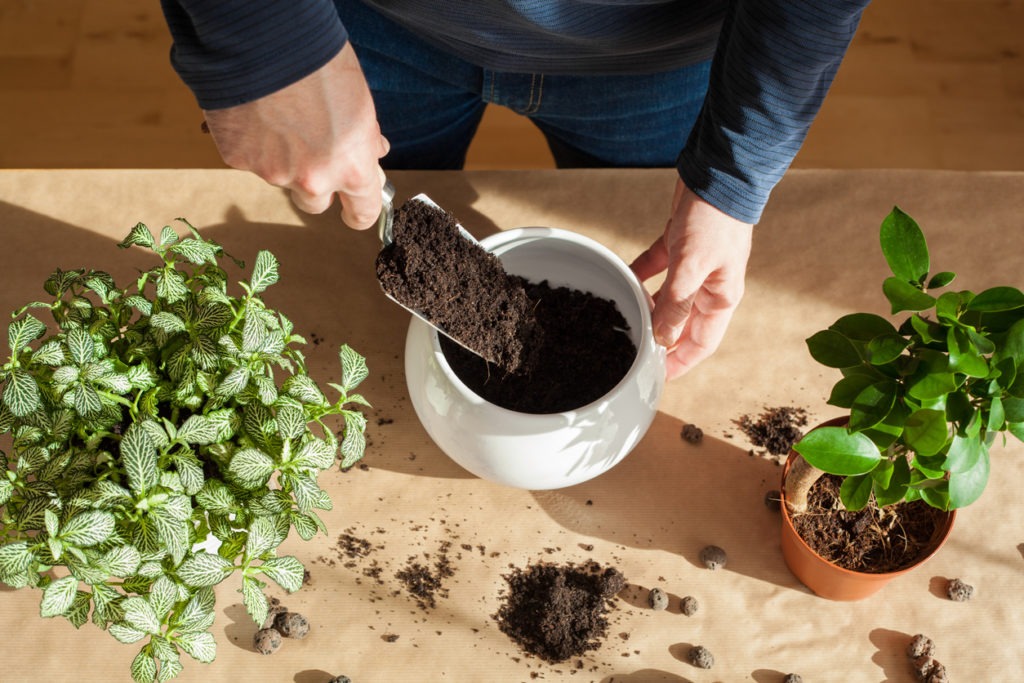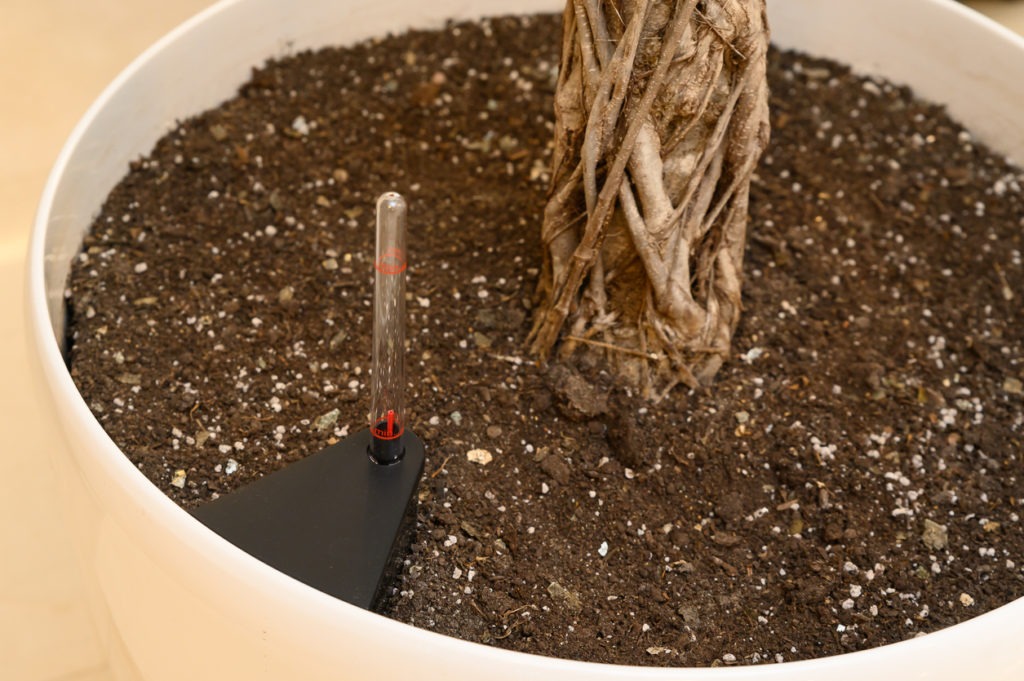The summertime is a great time for many people to indulge in their highly popular hobby of gardening. After all your effort, seeing your garden blossom and bloom may be incredibly satisfying. But what if there was a less time-consuming way to make your garden beautiful and you could enjoy lovely plants all year long without doing all the work?
Thanks to recent advancements in gardening technology, the practice of gardening has undergone significant change. Self-watering planters have gained popularity among serious gardeners, and not just because they spare you from spending all day outside getting your hands dirty. They offer so much value to your garden.
How They Work
Self-watering containers work by using a reservoir system. A water storage tank, which is frequently found at the bottom of the container, is filled. There is an overflow hole, so the extra water just flows out. As long as you keep the reservoir filled, your plants get a steady supply of water sent right to their roots because the soil absorbs the water from the bottom.
Self-watering containers use extremely little water thanks to the reservoir system. Because the water is kept out of the sun and wind, it evaporates more slowly and with less water loss than if you sprayed it on your plants. By feeding your plants directly through their roots, you may keep water off of their foliage, reducing the likelihood of fungus and illness.
The Benefits of Self-Watering Planters
Even while container gardens take up very little space and can be quite fruitful, they still need to be watered frequently. A recent development in the gardening industry might permanently eliminate the need for daily watering tasks. Since the invention of container gardens, self-watering planters have been the newest and most popular gardening innovation. The self-watering planter, which is really just a planting container with a built-in water reservoir for designed to meet the moisture needs of the plant over a period of many days, has a lot of advantages.
Plant Health
The plants themselves can benefit from self-watering planters. When a plant is placed in a typical container, the extra water drains out of the bottom hole and also washes the soil’s nutrients away. For a plant to flourish, organic manure or feed must subsequently be put to this.
With self-watering planters, the closed system maintains the nutrients inside the container. Additionally, they permit regular watering without running the risk of water stagnation or root rot. Water is only applied to the soil and roots when necessary since the planters keep the water from the soil and roots separate. A plant in a self-watering pot receives a steady flow of water, enabling the plant to grow continually.
Self-watering planters shield plants from the wind and temperature fluctuations outside that could cause them to dry up too quickly in between watering.
Conserving Water
Self-watering planters reduce the amount of water that is wasted. Have you ever noticed that the majority of the water you manually apply to your plants either evaporates or seeps away? Water is conserved because it is safe in the reservoir thanks to this sophisticated invention. There is no extra to be drained off because it is also gradually released into the soil.
Freedom To Travel
You can go on vacation or an important business trip without worrying about watering your plants by purchasing self-watering planters for your home and garden. You no longer need to make arrangements for someone to take care of your plants when you travel because of this revolutionary method of gardening! Thanks to self-watering planters, you can ensure that your house and garden look lovely while maintaining your peace of mind.
Convenience
These days, self-watering pots are widely used because of how useful and practical they are for gardeners. We all have busy lives, therefore occasionally we are unable to commit to regularly watering our plants.
Self-watering planters will make it easier and more successful for you to grow a larger variety of plants, especially if you are a beginning gardener or frequently away from home. Depending on the size of the plant, the pot you choose, and the self-watering tray, you might be able to go a week or two without watering the plant, turning what could be a daily chore into a weekly effort.
You can unwind knowing that your plants are taking care of themselves when you choose a self-watering planter.
Locating a spot where you can readily water plants can be difficult for urban houses with little or no outdoor space. A tabletop, windowsill, balcony, or concrete backyard can all be used to grow flowers, veggies, herbs, and succulents today. They also don’t fade in the sun or crack in the cold, and they are lightweight.
Retains Nutrients
The soil nutrients gradually diffuse out of the medium with the water molecules as you water a conventional container garden. To maintain a consistent amount of nutrients in the soil, you will need to add organic matter from time to time. Self-watering containers need you to water the soil normally, but the closed system allows the nutrients to stay within the surrounding environment; any water that overflows is caught in an attached side jug. You simply pour the remaining water from the side jug back onto the plant to simulate a water cycle. No nutrients are discharged into a garden bed or out of container drain holes. As a result, your plant will thrive thanks to the adequate nutrient levels.
Saves Time
Your container plant may suffer if you go on vacation or work long hours; for the best growing outcomes, you must continually monitor the soil’s moisture content. Self-watering planters are a solution that provide you more time for other pursuits without endangering the plant. In fact, even in the sweltering summer, the plant can go for several days without any watering on your part. As long as there is enough water, the semi-contained water cycle will continue; it would take a very long time for the soil’s moisture to slowly evaporate and harm the plant.
Encourages Healthy Root Growth
Gardeners that are knowledgeable understand that shallow watering can result in shallow root development; many desired crops, like tomatoes, would have poor fruit development with inappropriate root supports. You can deeply water the planter with the self-watering planters without worrying about root rot. The bottom reservoir receives water flow, which encourages the roots to expand deeply in search of a moisture source. Depending on the type of plant, strong root systems will result in larger stems and branches, which will in turn produce more leaves, flowers, and fruit.
Protect Your Delicate and Exotic Species
In order to live in difficult and extreme conditions, some plants and exotic species need a regular supply of water. Growing and caring for such plants is much simpler with self-watering planters. This is due to the self-watering planter’s assurance of a consistent and suitable supply of water delivered directly to the soil.
Factors to Consider in Buying Self-Watering Plants
Different sizes and forms of self-watering planters are available to accommodate the plant you are rehoming. They also come in various hues to complement the style of your home. The most important step is choosing a planter that is practical for you and fits the water needs of your plant.
Size of the Water Reservoir
Not all self-watering planters hold the same amount of water, and not all plants need the same quantity of water. Some plants might only require occasional watering, while some thrive best when the soil dries out between waterings. Too much water can kill some plants, including orchids, cacti, and succulents, as well as causing root rot.
Make sure you are aware of the plants that will occupy the container’s moisture requirements before choosing the ideal planter.
Choose containers that can carry enough water for 7–10 days or more if you have plants that would benefit from an automated watering system.
Before you go on vacation or otherwise leave the plant alone, experiment with the planter for a few weeks to make sure it provides water in a way that benefits their water preferences.
A pot with a small to medium reserve could be necessary for those that need to dry out before soaking up extra water.
Oxygen Circulation
In addition to water, light, and humidity, sufficient oxygen is also necessary for plant growth. Too much water can cause plant roots to rot, which will kill the plant.
Choose a pot that has a separator between the water reservoir and the soil around the roots of your plant to help prevent this. This will provide the plant with the water and breathing space that it needs.
Ease of Use
The filling mechanism should be easy to access. There should be a water level indicator on the pot that indicates how much water the plant still has or whether it is dry.
For tall, heavy plants, it is not possible to pick up small pots and evaluate the amount of water left by eye or by the weight of the pot.
Size and Color
In accordance with your preferences, there are numerous size alternatives. You can put 6-inch-tall pots on top of your workplace desk for indoor use. For your patio or house corner, there is also a medium 16-inch size variant.
You may also use self-watering planters as interior decor for your home. They have fashionable colors that might go nicely with the color of your home.
Price
Self-watering planters range in price from a few dollars for small pots with wicking systems to hundreds of dollars for large pots with more intricate setups. A sound system can forever extend a plant’s life.
Conclusion
Plants can be grown inside or outside in these planters. The reservoir just needs to be refilled every few weeks after that, and you are ready to go. To make sure it has an adequate amount of micronutrients, you can of course also sprinkle some liquid fertilizer from time to time.
Self-watering planters are useful since you can conserve a lot of water by filling them with only a few liters at a time, lowering your water usage and water bill.



